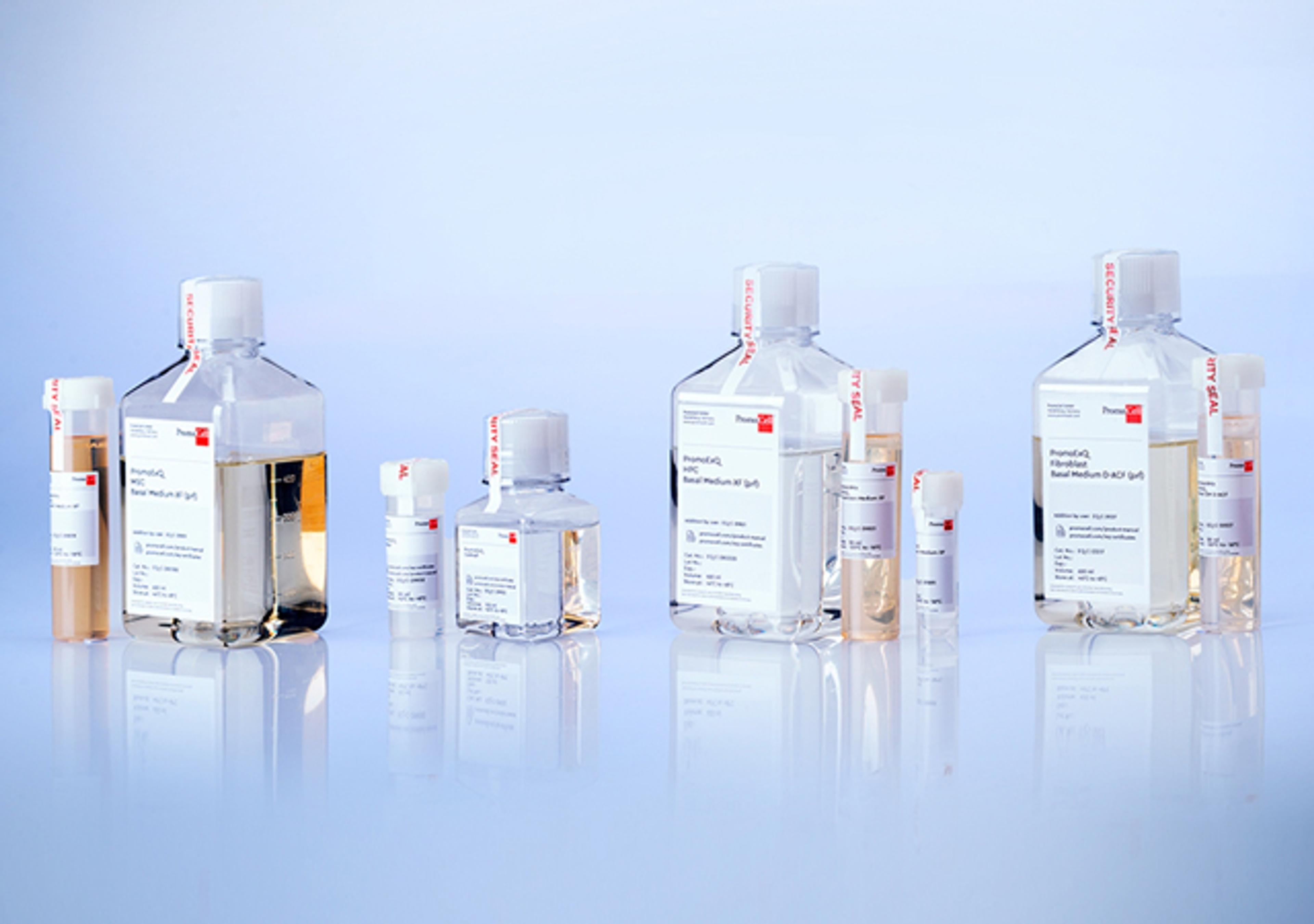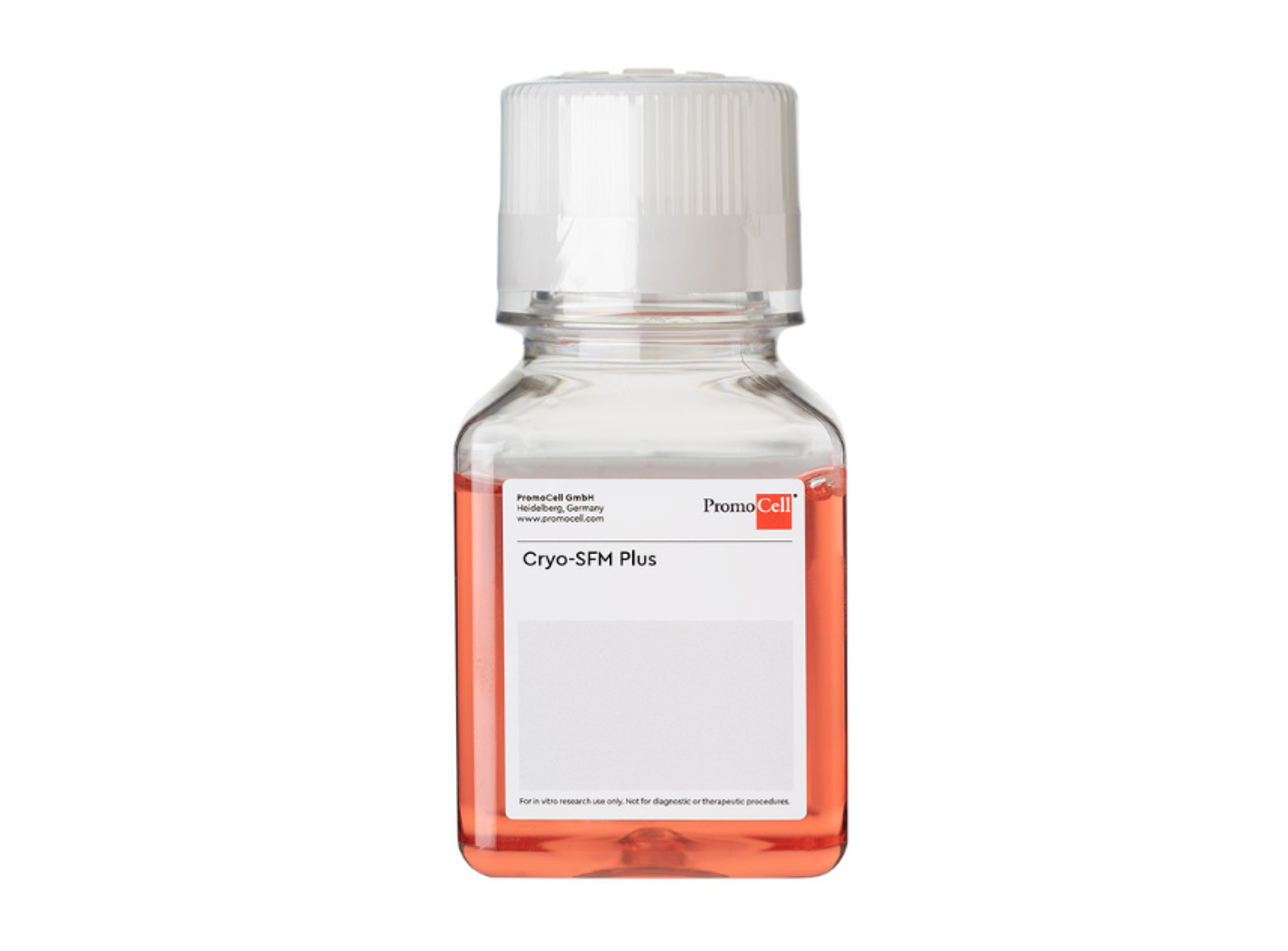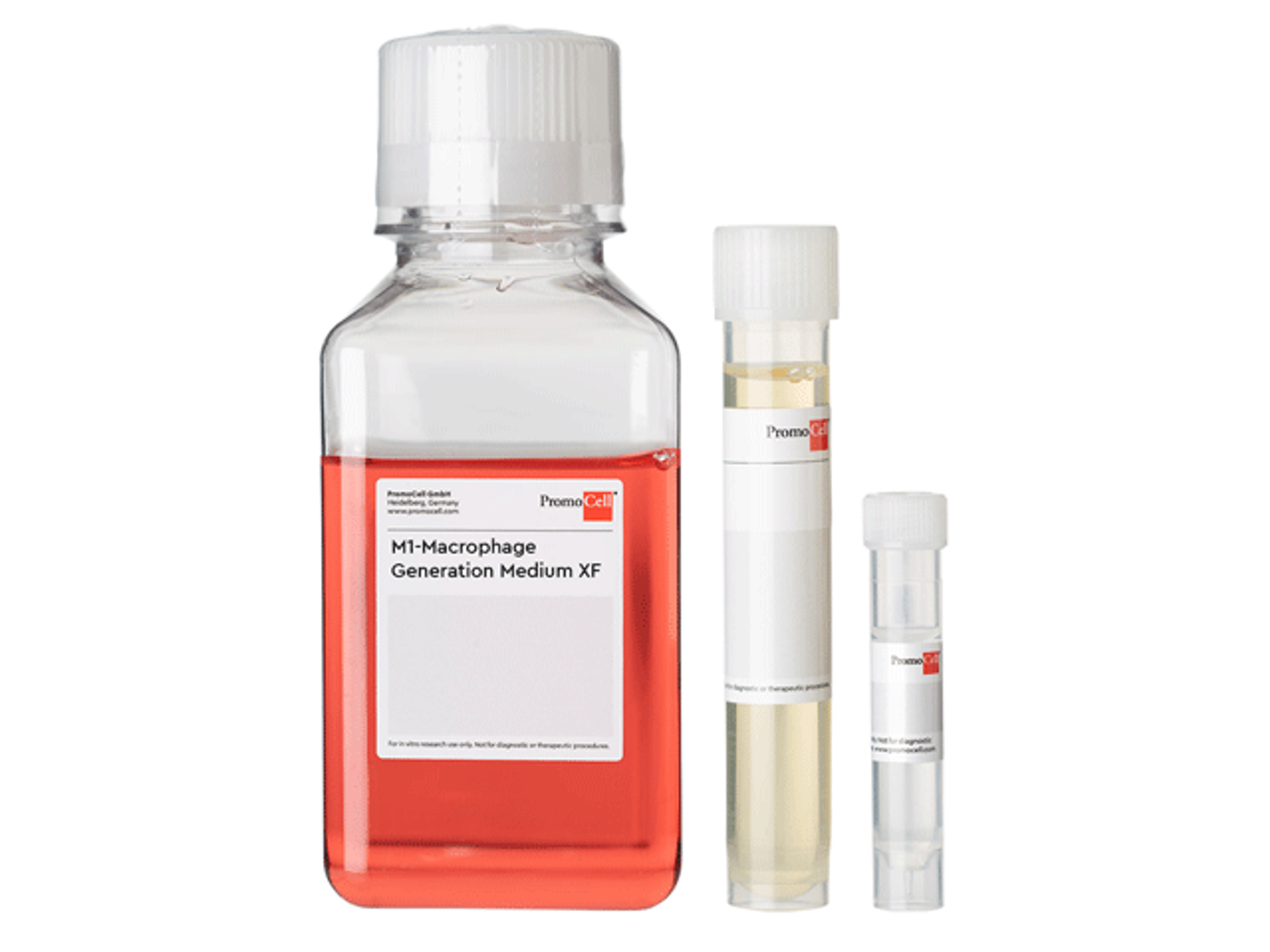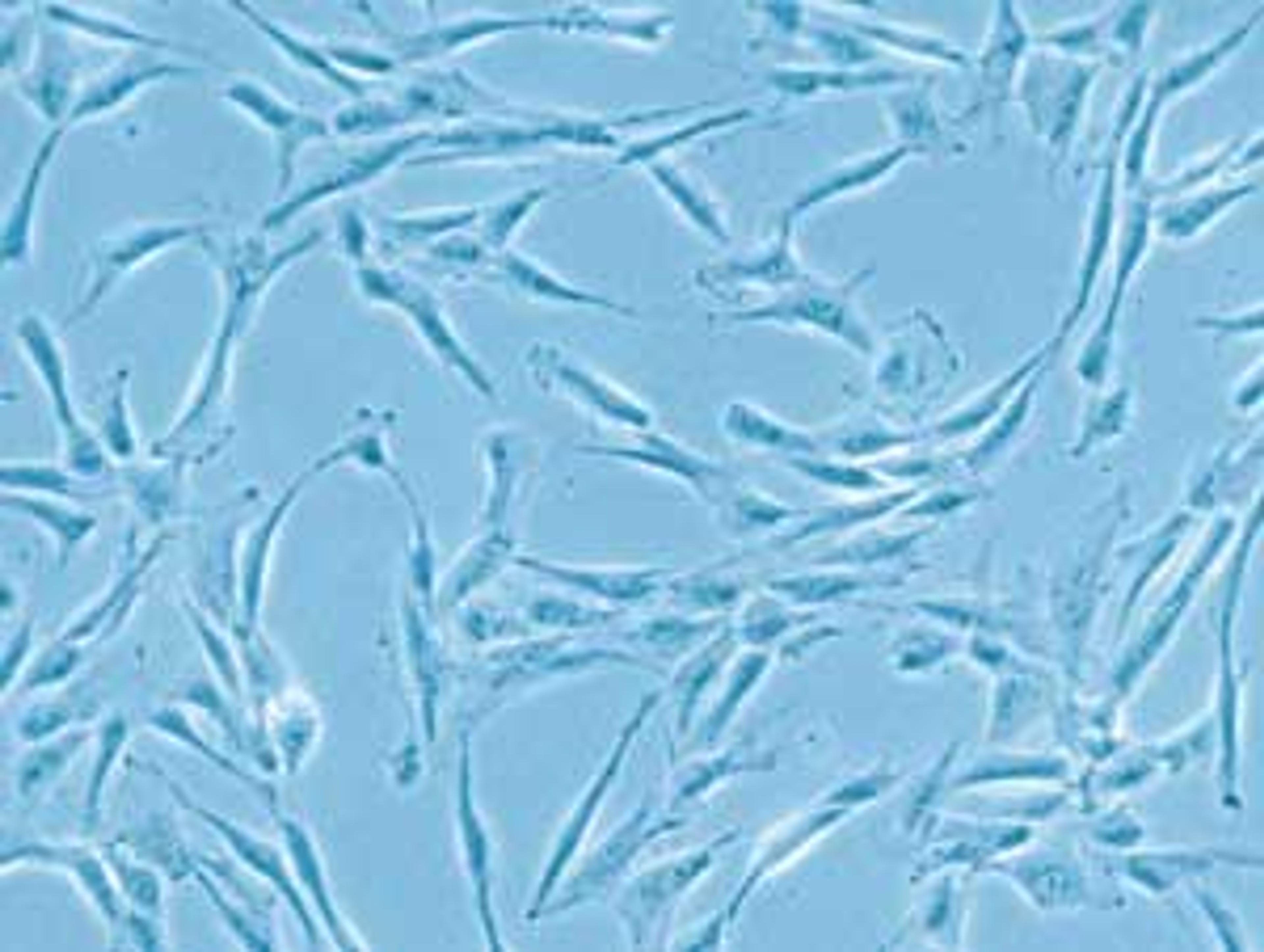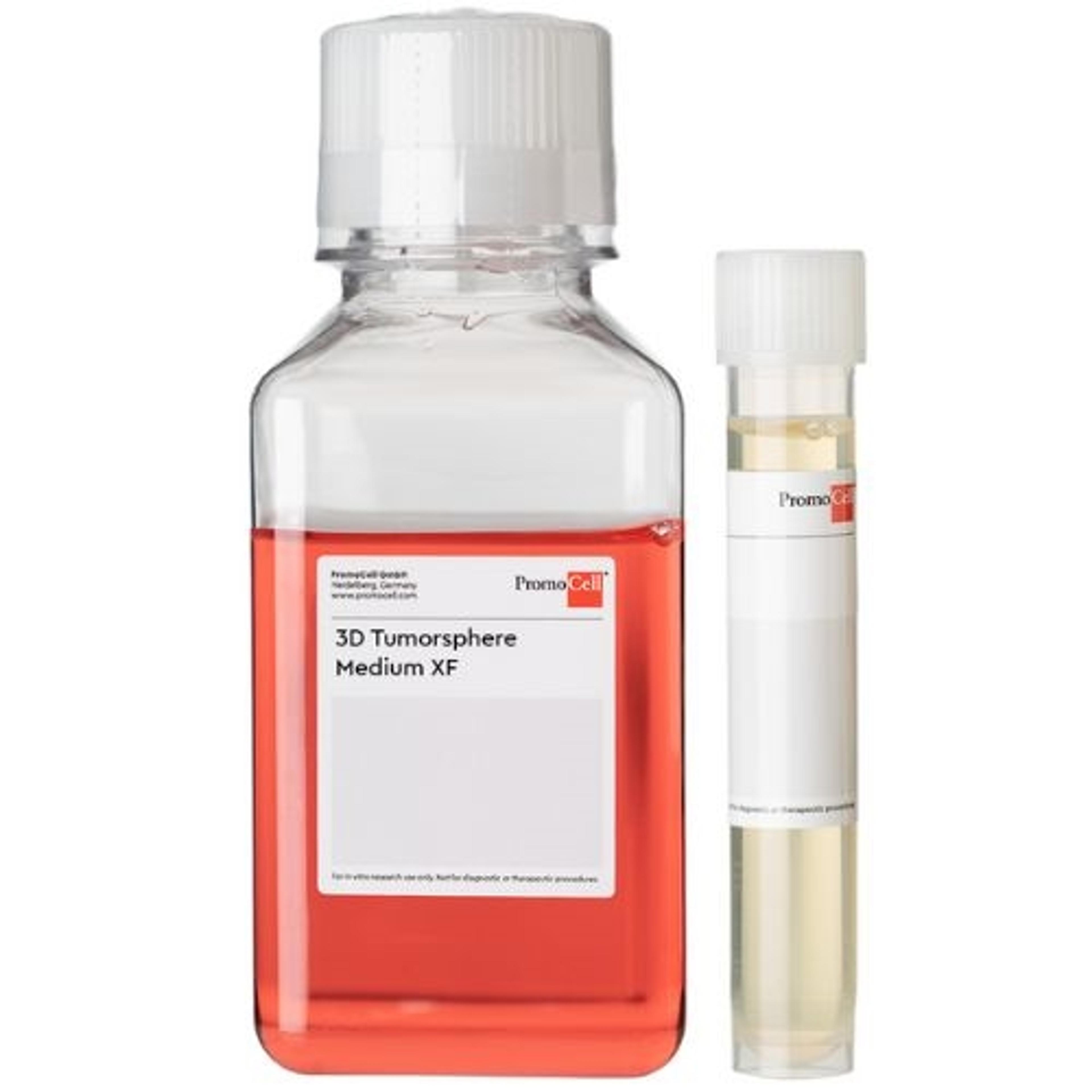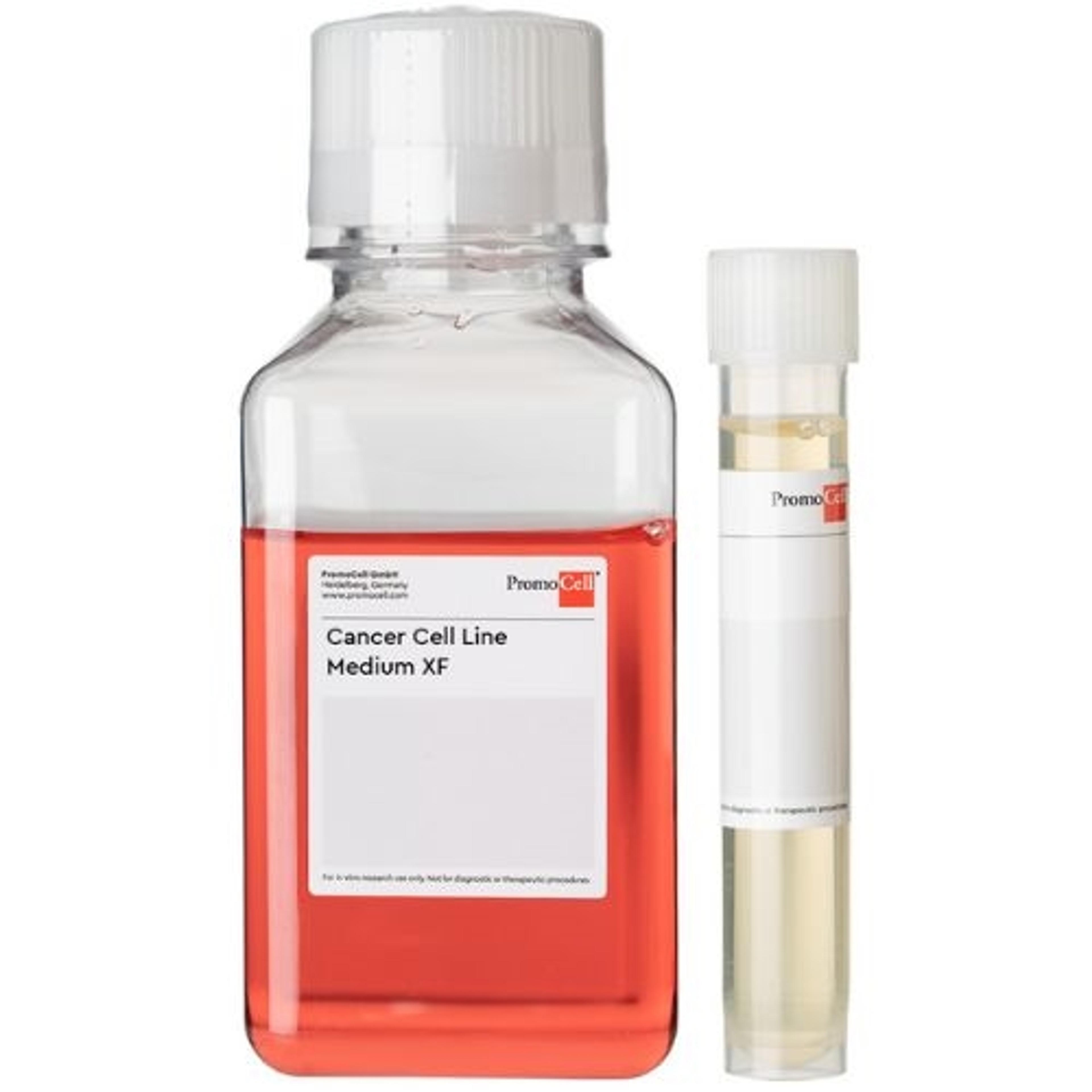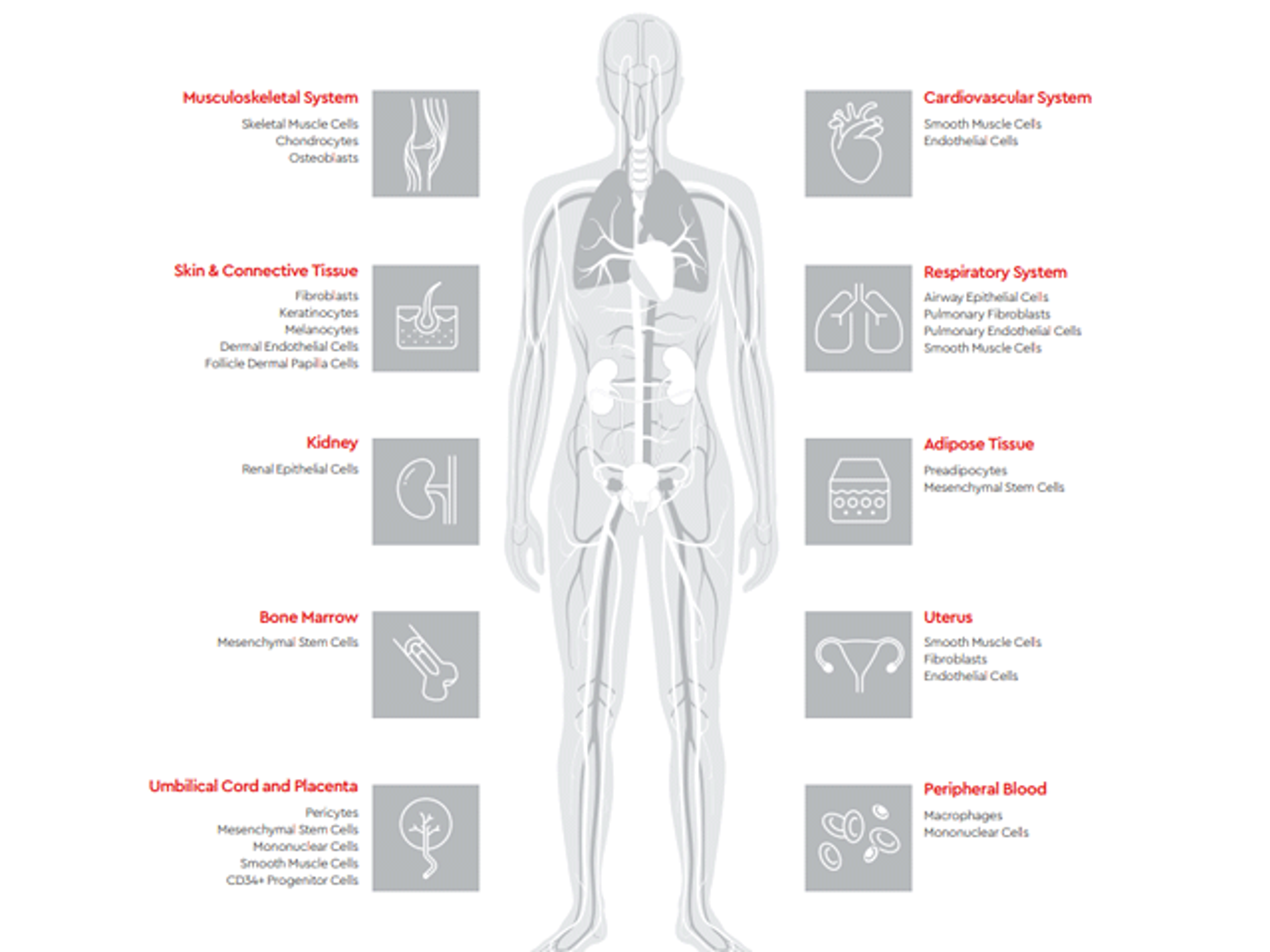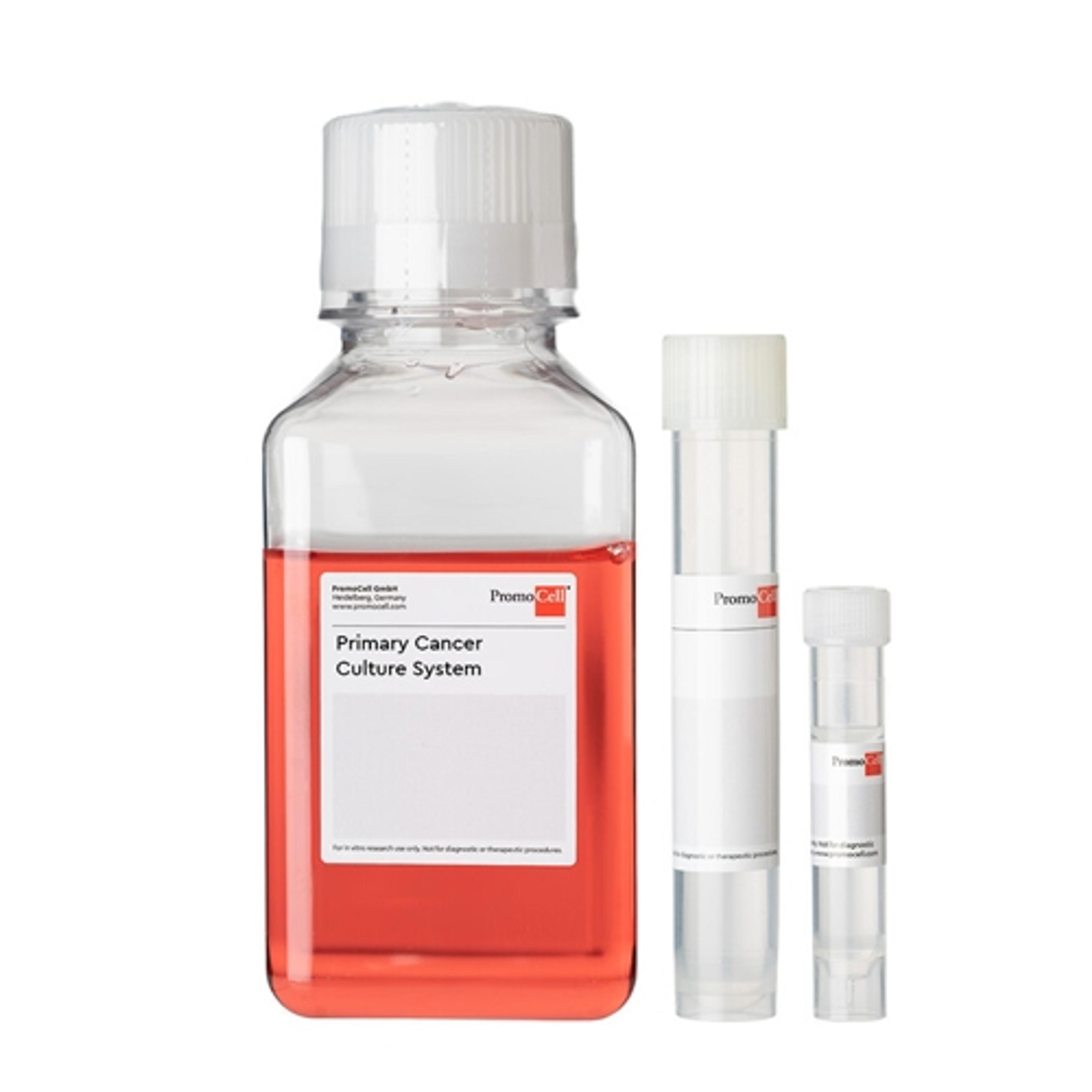Air-Liquid Interface Medium
Serum- and BPE-free medium for an optimal and standardized differentiation of airway epithelial cells at air-liquid interface (ALI).
PromoCell offers an air-liquid interface culture system to help you generate a reproducible and physiologically relevant 3D airway model using primary human bronchial epithelial cells (HBEpCs) and functional epithelial barriers.
The Air-Liquid Interface Medium is an optimized culture medium for HBEpCs. The culture medium does not contain serum or bovine pituitary extract and is designed to help you establish a physiologically relevant 3D air-liquid interface model containing HBEpC and a functional epithelial barrier.
Advantages:
- Standardized formulation minimizes lot-to-lot variation
- Bovine pituitary extract-free and serum-free formulation ensures the long-term survival of non-proliferating cells
- Optimized formulation facilitates the formation of a functional epithelial barrier (stable transepithelial electrical resistance > 500 Ω*cm2 for up to four weeks of culture)
- Low levels of growth factors ensure high viability of bronchial epithelial cells (> 70% cell viability)
- Availability or pre-screened HBEpCs from HLA-typed and COPD/asthma donors (on request)
Components:
- 1× Basal Medium (500 mL)
- 1× SupplementMix (for 500 mL of complete growth medium)
Promocell's Air-Liquid Interface Medium contains low levels of growth factors, ensuring the survival of non-proliferating HBEpCs for up to 28 days. HBEpCs are grown on a semipermeable porous membrane that mimics the respiratory basement membrane, facilitating reproducible respiratory research. Culturing HBEpCs in the Air-Liquid Interface Medium ensures the long-term functionality of airway epithelial cells, which form an epithelial barrier containing tight junctions.
The Air-Liquid Interface Medium can also be used to induce the differentiation of Human Nasal Epithelial Cells (HNEpCs) and Human Tracheal Epithelial Cells (HTEpCs).
Moreover, the Air-Liquid Interface Medium can be used to culture 3D organoids, a mixture of apical-out or inward-oriented cilia with visible beating cilia. These functional 3D airway organoids are excellent in vitro models for high-throughput drug screening and large-scale virus-host interaction studies.





